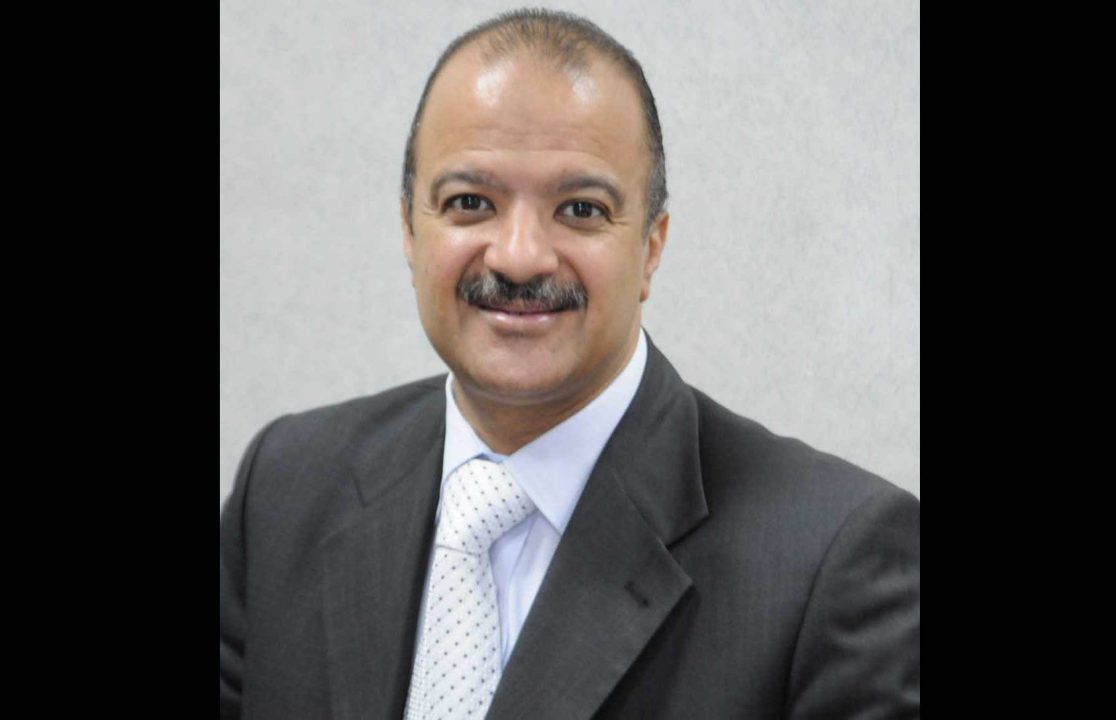Censorship in the Age of Technology: Navigating Creative Freedom with Societal Values

In a rapidly changing digital landscape, the Ministry of Culture announced Dr. Khaled Abdel-Jalil's departure from his role as head of censorship, replacing him with Jamal Eissa, sparking debate about censorship techniques and tools.
The shift towards digital content creation has posed significant challenges to traditional censorship methods. As technology accelerates, it is increasingly difficult for societies to keep up with the rapid dissemination of artistic works across geographical and cultural boundaries.
In this era of interconnectedness, censorship must redefine its role from a simplistic tool for prevention to an evolved means of guidance and education. Censorship should harness technological advancements to develop new tools that enable effective monitoring without human intervention.
Experts stress the importance of understanding technology in shaping censorship policies. Artificial intelligence and data analysis can provide innovative solutions, such as intelligent algorithms analyzing artistic content to determine its suitability for target audiences.
Laws must also adapt to reflect cultural diversity while preserving shared human values. Flexible legislation is crucial in an age where societal standards and norms change rapidly.
However, achieving balance between creative freedom and safeguarding societal values remains a pressing issue. Censorship should aim to promote media literacy by teaching the public how to critically engage with content.
The question of whether societies are prepared for this new role in censorship has sparked ongoing debate. With technological advancements soaring, censorship must evolve to remain part of creativity's journey towards the future.
